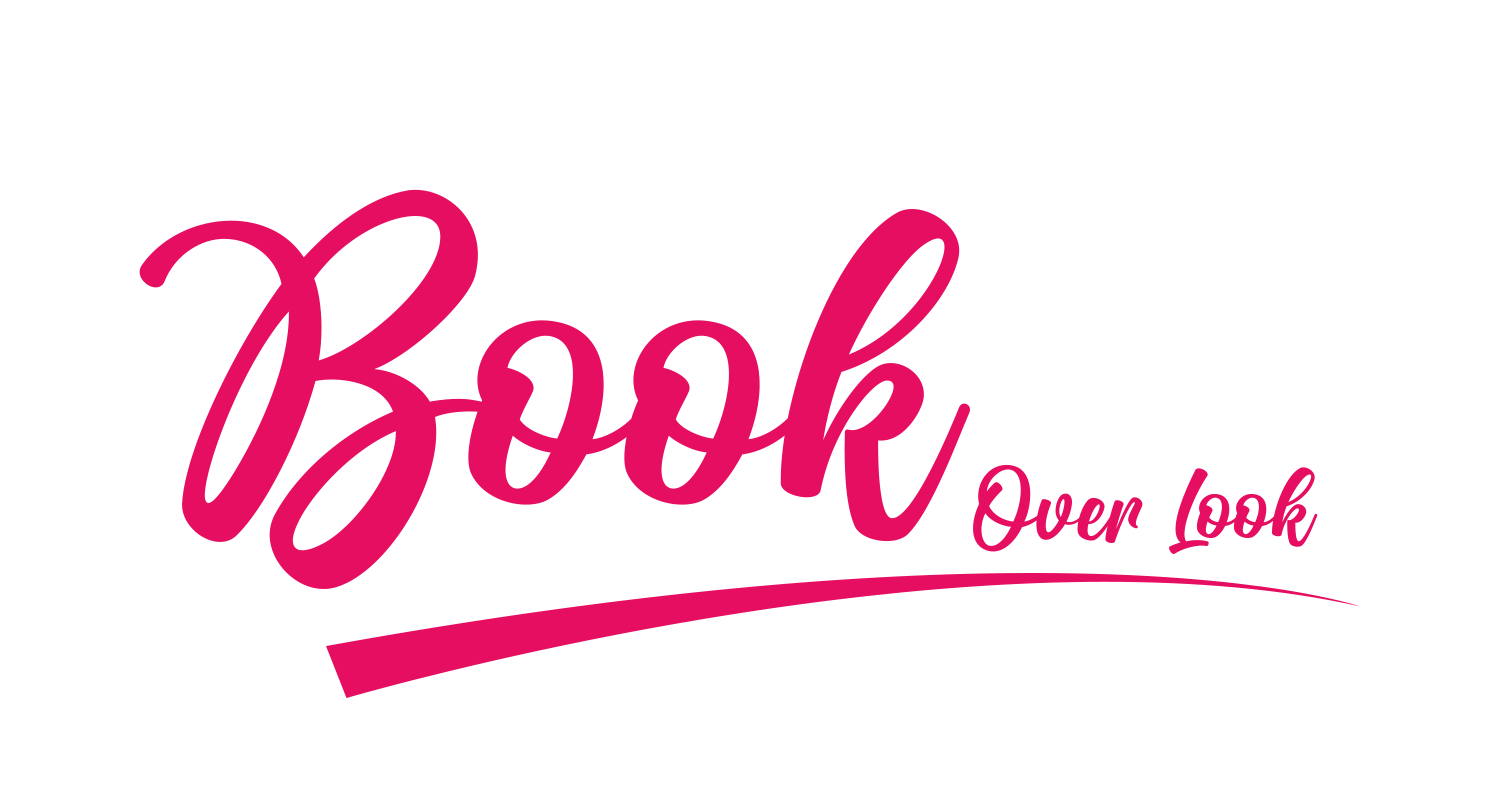If you’re involved in the food industry, whether you work in a manufacturing plant or own a small-scale processing facility, ensuring quality and compliance is paramount. With consumers becoming increasingly conscious about food safety and regulations becoming stricter, it’s essential to prioritize quality control and regulatory compliance in your operations.
Let’s talk about some practical tips on how to ensure quality and compliance in your food processing facility.
Develop a Comprehensive Safety Plan
Start by creating a robust food safety plan that outlines all the steps and measures you’ll take to maintain the safety and quality of your products. This plan should include procedures for hygiene, sanitation, employee training, equipment maintenance, and hazard analysis.
By having a clear and comprehensive plan in place, you’ll establish a strong foundation for quality and compliance in your facility.
Train Your Staff
Your employees are your first line of defense when it comes to food safety and quality control. Invest in thorough training programs to ensure that all staff members understand their roles and responsibilities in maintaining quality and compliance standards.
Provide training on proper hygiene practices, equipment operation, sanitation procedures, and hazard recognition. Regular refresher training sessions can help reinforce good practices and keep your team up to date on the latest regulations.
Implement Good Manufacturing Practices (GMPs)
Good Manufacturing Practices are a set of guidelines and standards that ensure the safe and consistent production of food products. Implement GMPs in your facility to establish protocols for cleanliness, sanitation, personnel hygiene, equipment maintenance, and documentation. Use the right filter bag to trap contaminants so that they don’t enter and damage your systems.
Adhering to GMPs not only helps maintain product quality but also demonstrates your commitment to safety and compliance to regulatory authorities and customers.
Invest in Quality Control Measures
Implement robust quality control measures throughout the production process to identify and address any deviations or defects in your products. This may include regular inspections, sampling and testing of raw materials and finished products, and monitoring critical control points to prevent contamination or adulteration. By conducting thorough quality checks, you can identify issues early on and take corrective action to ensure the integrity of your products.
Stay Informed About Regulations
Stay up to date on food safety regulations and compliance requirements relevant to your industry and geographic location. This may include regulations set forth by government agencies such as the FDA (Food and Drug Administration) or USDA (United States Department of Agriculture), as well as industry-specific standards like HACCP (Hazard Analysis and Critical Control Points) or SQF (Safe Quality Food). Regularly review and assess your operations against these regulations to ensure ongoing compliance.
Implement a Culture of Continuous Improvement
Strive for continuous improvement in your food processing facility by regularly evaluating and refining your processes, procedures, and systems. Encourage feedback from employees, customers, and regulatory authorities, and use this input to identify opportunities for enhancement and optimization.
By fostering a culture of continuous improvement, you’ll be better equipped to adapt to evolving regulations, address emerging risks, and maintain high standards of quality and compliance.


